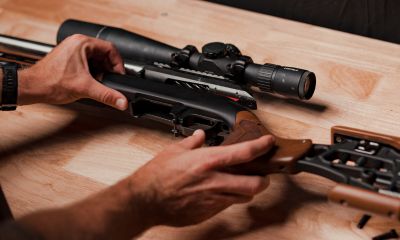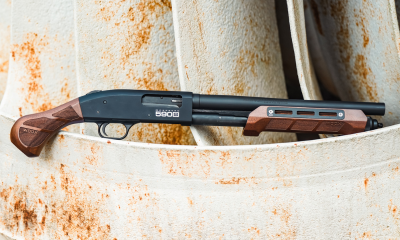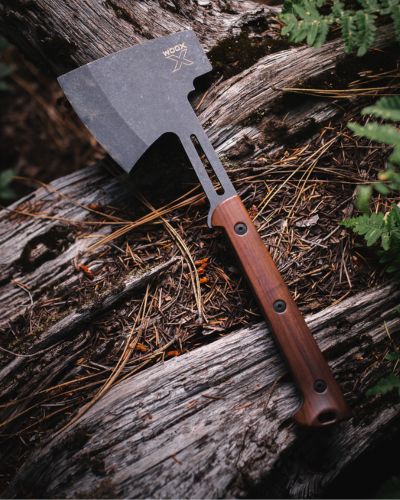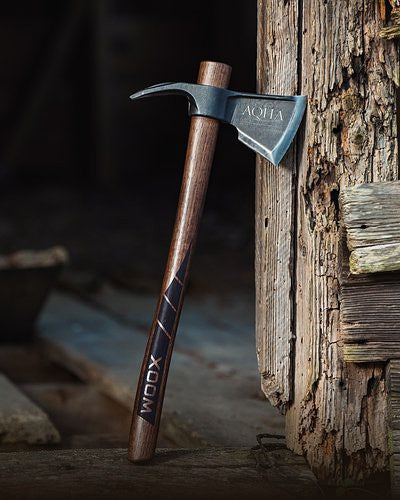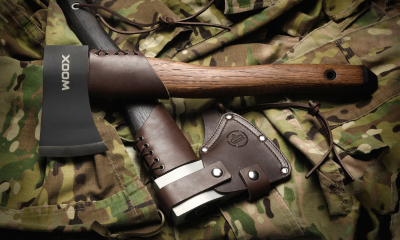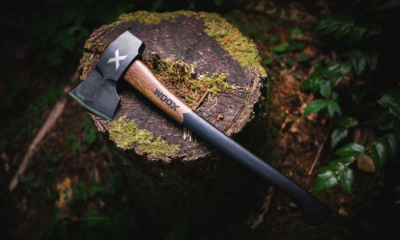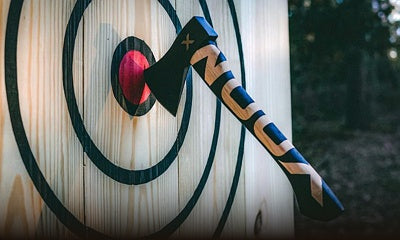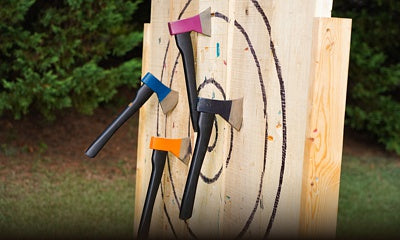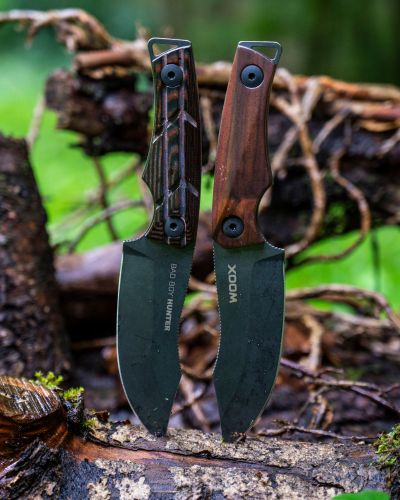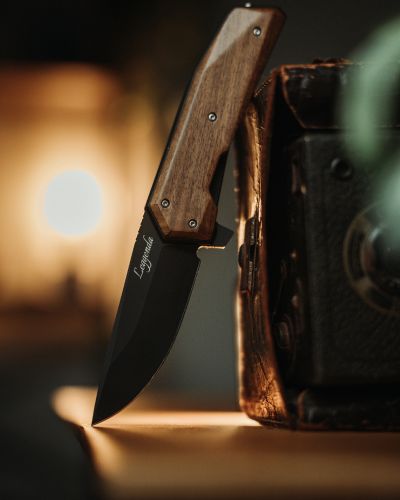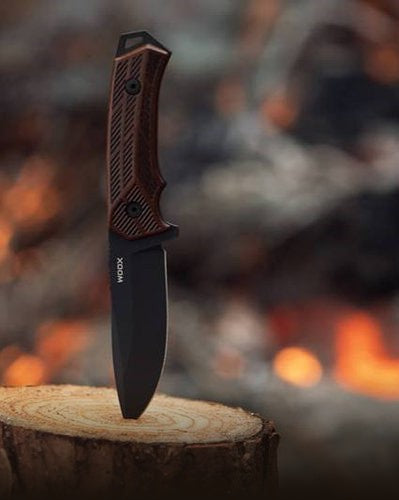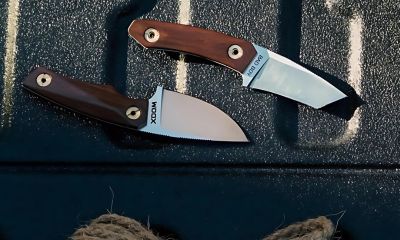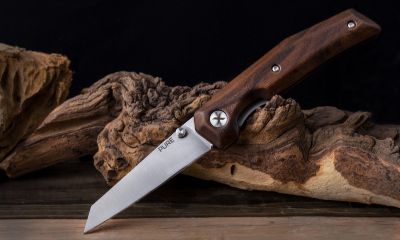
Sharper Isn't Always Better: Understanding the Edge Requirements of Axes
When it comes to outdoor activities, knives and axes are essential tools that can make or break a camping, hiking, or hunting trip. Both tools need to be sharp to be effective, but the level of sharpness required differs between the two.
A knife used for outdoor activities should be sharpened to a fine edge, sometimes referred to as "razor sharp." This level of sharpness allows for precision cuts, which can come in handy when preparing food, carving wood, or cutting rope. A knife with a razor-sharp edge can cut through tough materials like leather, nylon, and rubber with ease, making it an essential tool for many outdoor enthusiasts.
However, when it comes to axes, the edge should not be razor sharp like a knife.
An axe is primarily used for chopping wood, and requires a different kind of edge to be effective. While the edge of an axe still needs to be sharp, it should not be as thin and delicate as a knife's edge.
A slightly blunter edge on an axe is more effective for chopping wood, as it allows the axe to "bite" into the wood and split it apart. If an axe's edge is too sharp, it may not bite into the wood as effectively, making it less effective for chopping.
In addition, a slightly blunter edge on an axe is also safer to use.
While a razor-sharp knife can cut through flesh with very little pressure, an axe requires much more force to chop through wood. If an axe edge is razor sharp, it is more likely to cause serious injury if it slips or is mishandled.


"Crafting an axe with a razor-sharp edge may seem like a mark of excellence, but in reality, it's a surefire way to compromise the tool's effectiveness. A blunter, wider edge not only provides greater durability and strength but is also a safer choice for the user. After all, axes are meant to chop, not slice." -
Master Blacksmith Simon J. Finn
how we sharp by hand our axes
Our axes are meticulously crafted by hand to ensure unparalleled quality and functionality. Every edge is shaped by hand, resulting in slight variations in angle that make each piece unique.
What sets our axes apart from others is the exceptional quality of the materials we use, and the artisanal heat treatment process that we employ. This process allows users to easily regenerate and revive the edge without compromising the steel's resistance.
To sharpen our axes, we utilize a methodical heat treatment process that involves several steps.
- Firstly, we locally heat the cutting edge of the axe to a temperature of approximately 1500°F. This initial heating process is essential for creating a robust and long-lasting edge.
- Next, we cool the edge in oil, which prevents cracks from forming due to the thermal shock that can occur during water cooling. The cooling process is carefully monitored to ensure that the material is evenly cooled and does not form any cracks or deformations.
- Finally, we recover the axe in hot air at around 300° for approximately 3 hours. This recovery process gives the material elasticity while maintaining the hardness obtained from the heat treatment, making the edge highly resistant to wear and tear.
Our handmade, artisanal approach to axe making results in a cutting edge that is highly durable, sharp, and easily re-sharpenedusing a natural or stone such as our sharpening stones.

WOOX PROFESSIONAL WHETSTONE DISK (PUCK)
discover moreEach axe is unique and is crafted with the utmost care and attention to detail to ensure that it meets our high standards of quality and functionality.
In conclusion, when it comes to outdoor activities, both knives and axes are important tools to have. While a knife should be sharpened to a razor-sharp edge for precision cutting, an axe should be sharpened to a blunter edge to be effective for chopping wood. This not only makes it more effective for its intended purpose, but also safer to use.
Common edge angles for knives and axes

The most common edge angles for knives are between 15 and 20 degrees. Knives that are used for slicing or precision cutting, such as chef's knives, typically have a more acute angle, around 15 degrees, while knives used for heavy-duty tasks, such as cleavers, have a wider angle of around 20 degrees. However, the exact angle can vary depending on the specific type of knife and the manufacturer's recommendations.
For axes, the edge angle can vary between 25 and 35 degrees.Axes that are used for chopping wood typically have a wider angle, around 25 degrees, while axes that are used for splitting wood have a narrower angle, around 35 degrees. Again, the exact angle can vary depending on the specific type of axe and the manufacturer's recommendations.
It's important to note that the bevel angle, or the angle of the grind that creates the edge, can also affect the performance of the axe. A convex grind, for example, can provide a stronger, more durable edge that is less likely to chip or become damaged.



